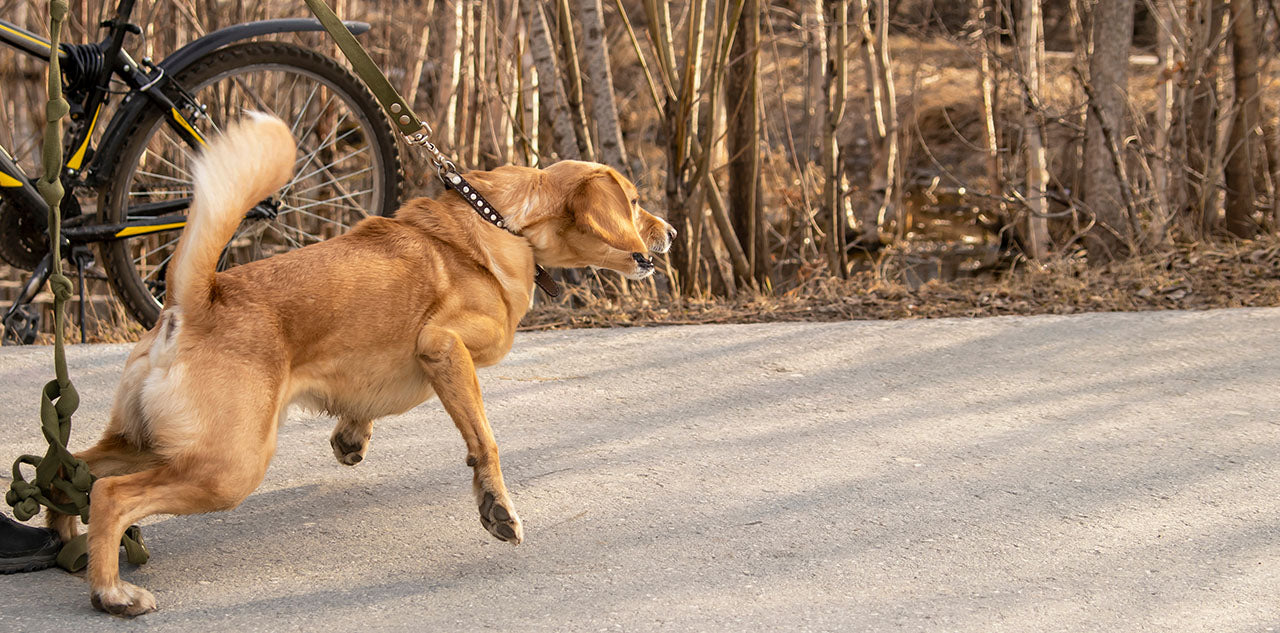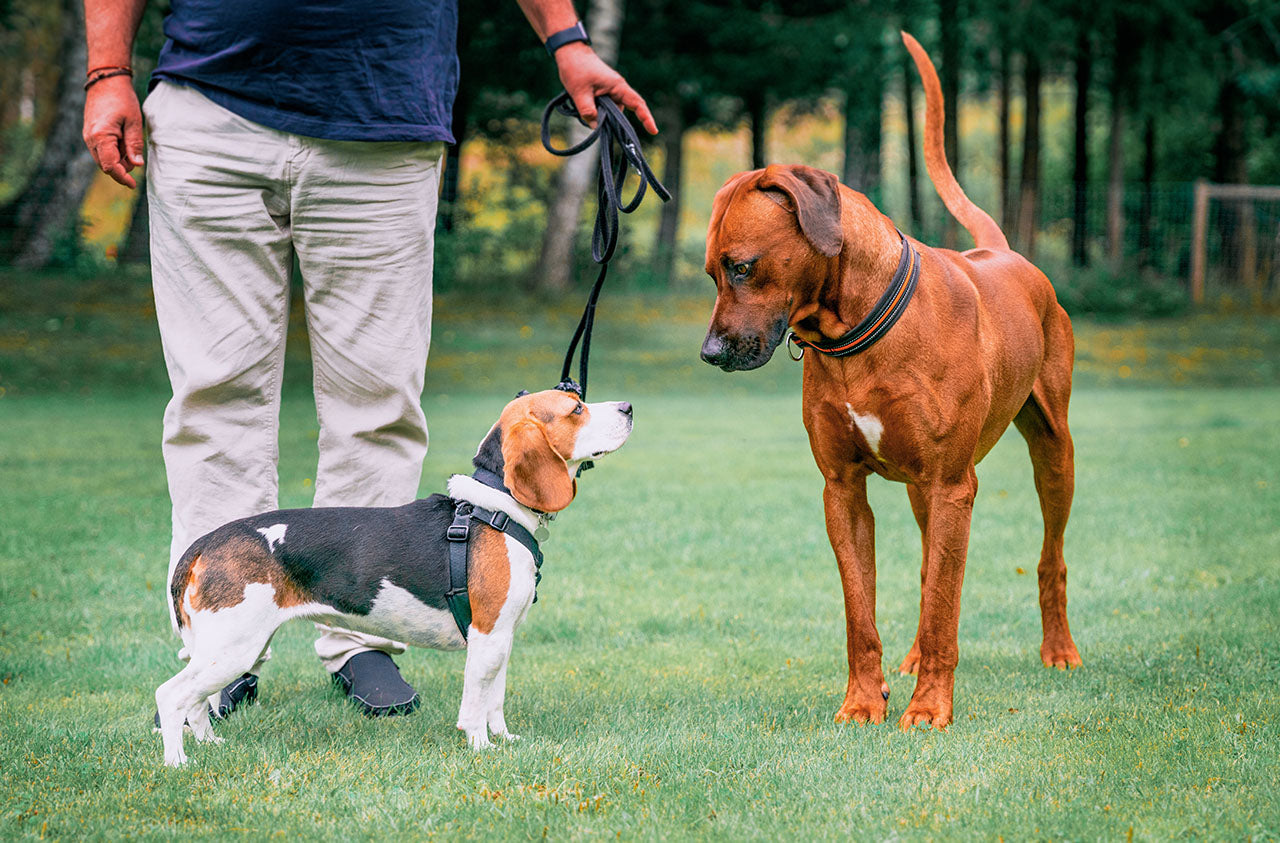Dogs communicate in many different ways, and one of the most important is their body language. At alphazoo, we help you to better decode and understand your dog's body language.
The Meaning of Tail Wagging
Tail wagging is one of the most well-known signs in the dog world, but it doesn't always mean your dog is happy. The intensity of the tail wagging, the position of the tail, and the dog's overall body can say a lot about his feelings.
Ears up or down?
The position of a dog's ears can reveal a lot about his mood and intention. If the ears are pointed up alertly, your dog is probably excited or alert. If they are folded back, this often shows submission or fear.
eye contact and direction of gaze
Your dog's gaze can also reveal his feelings. A direct, intense look can represent a challenge or threat, while avoiding eye contact is more likely to indicate fear or appeasement.
body position and movement
How your dog stands or moves also gives clues about his condition. A stiff, tense posture can signal excitement, agitation or even aggression, while a relaxed posture shows that your dog feels comfortable and safe.
Understanding and Responding to Dog Gestures
Recognizing and understanding your dog's body language requires patience and practice. It is important that you pay attention to all aspects of your dog's body language and learn to interpret his signals correctly.

Conclusion
- Body language is an important part of dog communication and provides valuable insight into their feelings and intentions.
- Tail wagging, ear position, eye contact and posture are important elements of a dog’s body language.
- A better understanding of your dog's body language can help you communicate better and avoid potential conflict situations.
- Learning a dog's body language takes time and patience, but the effort is worth it.
Do you not understand your dog's body language or do you have concerns? Contact us at alphazoo, we will be happy to help you.


















